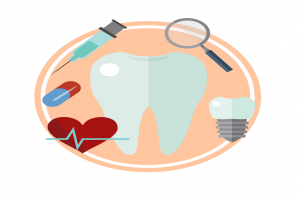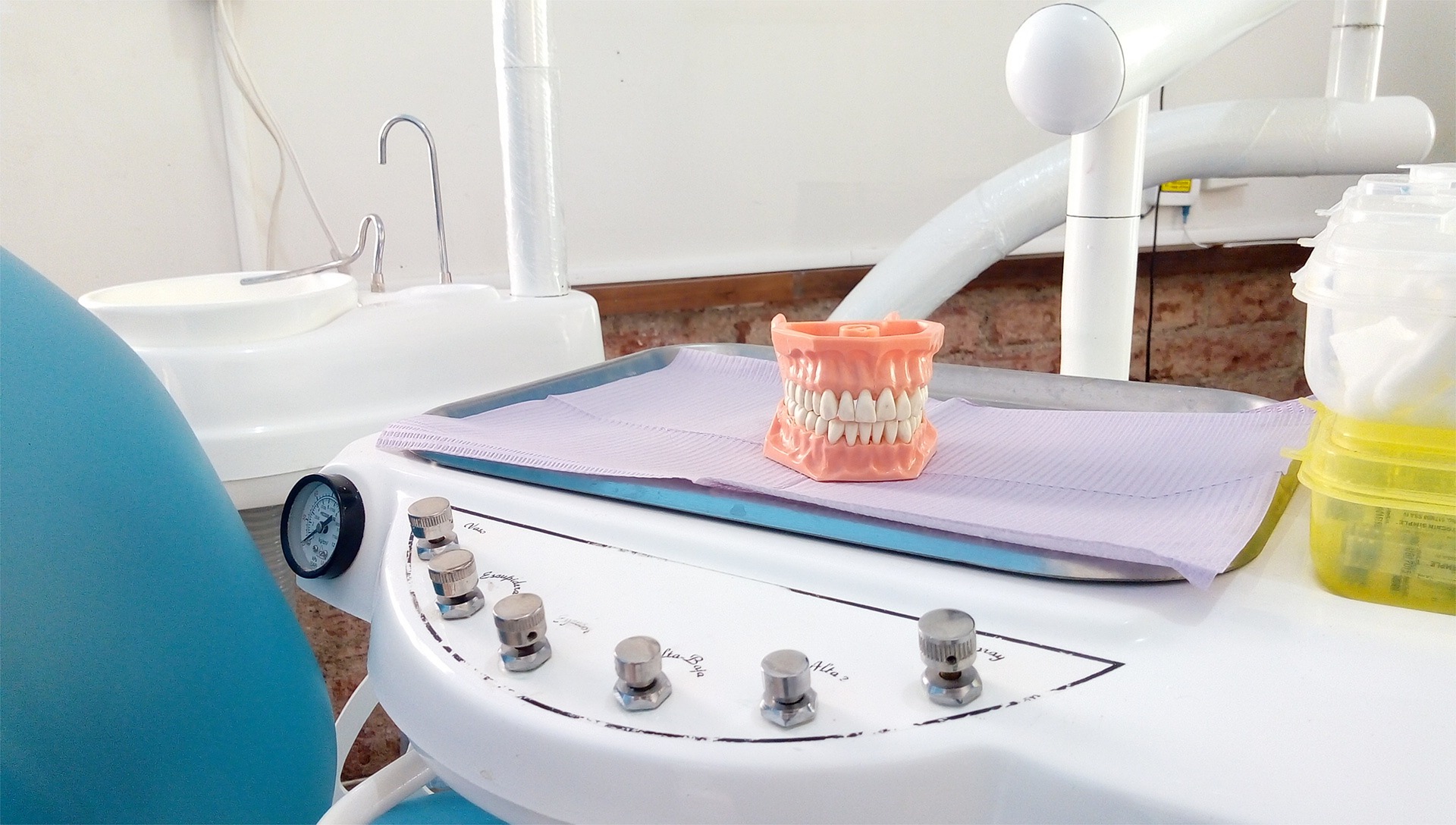Teeth of millions of people are treated and saved every year with RCT (root canal treatment) which is a treatment inside the tooth (endodontics). Here we will explain in detail how this treatment will take away the pain and improve your smile.
When is a root channel necessary?
The root canal treatment is necessary when a large lesion or caries damages the root of the tooth. And the heart becomes infected or inflamed.
What is inside a tooth?
To understand this endodontic treatment (endo = inside, don’t = tooth), it knows something about the life systems of the tooth. Inside the tooth, under the white polish and a hard layer called the dentin, there is a soft tissue called the pulp.
The pulp is vital during the growth and development of a tooth. Regardless, when a tooth is full developed it can make due without the pound in light of the way that the tooth will continue being supported by the incorporating tissues. will keep on being sustained by the encompassing tissues.
Root Canal goes to the root.
The term root canal comes from the cleaning of the channels inside the root of the tooth. A root canal treatment is used to repair and save a severely damaged or infected tooth.
The procedure consists of:
- Remove the damaged area of the tooth (the pulp).
- Clean and disinfect this area.
- And then fill it and seal it.
The common causes that affect the pulp (the soft tissue within the root canal) are a cracked tooth, a deep cavity, repeated dental treatment on that tooth or a blow.
What signs indicate the need for treatment?
The signs to look for include:
- pain
- prolonged sensitivity to heat or cold
- sensitivity to touch and during chewing
- discoloration of the tooth
- swelling, drainage, and tenderness in the lymph nodes; as well as in nearby bones and gums.
Sometimes, however, there are no symptoms.
What to expect during a root channel?
There are a series of steps that are followed in the visit:
X-ray: To know where the problem is.
Local anesthesia: The dentist numbs the affected tooth.
Pulpectomy: Make an opening – through the crown of the tooth – to the chamber where the pulp is infected/inflamed to extract it. Irrigation is used to clean the channels and eliminate waste.
Filling: The roots that have been opened to get rid of the pulp are usually filled with gutta-percha to keep them free of infection. And it is sealed.
Tips for after a ROOT CHANNEL
A treated and restored tooth can last a lifetime with proper care. The root channel has a high success rate. Some ways to take care of your teeth after a root canal are:
- Practice good oral hygiene
- Visit the dentist regularly.
Avoid chewing hard foods such as ice because it can cause the teeth to break, and damage the root canals.
And remember, taking care of your teeth can help prevent future problems. If the inflammation or infection of the pulp is left untreated, it can cause pain or produce other problems.
